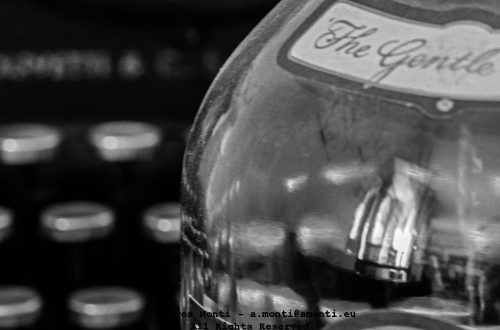
Desolation
I remember standing at the entrance of this narrow underpass, camera in hand, struck by the oppressive stillness. The word “desolation” seemed to settle in my mind even before I pressed the shutter. There was no movement, no sign of life, only the faint echo of my own footsteps on the tiles.
The composition is built on geometry and confinement. The corridor acts like a visual funnel, guiding the eye towards the back courtyard and the blank, closed garage doors. The graffiti scrawled on both walls interrupts the symmetry just enough to add texture and a hint of human presence — though not the kind that enlivens a space. The framing is rigid, almost architectural, reinforcing the sense of entrapment.
Shooting in black and white was an intuitive choice. Colour would have distracted from the stark interplay between light and shadow. The high contrast emphasises the depth of the tunnel and the flat, bleached facade in the background. Exposure-wise, it was a balancing act: keeping detail in the darker walls without losing the highlights on the distant building.
There’s a kind of visual honesty here. Nothing beautified, nothing softened. Just a straightforward rendering of a place caught between neglect and utility. It’s an image that doesn’t so much tell a story as it does leave you to feel the absence of one.




